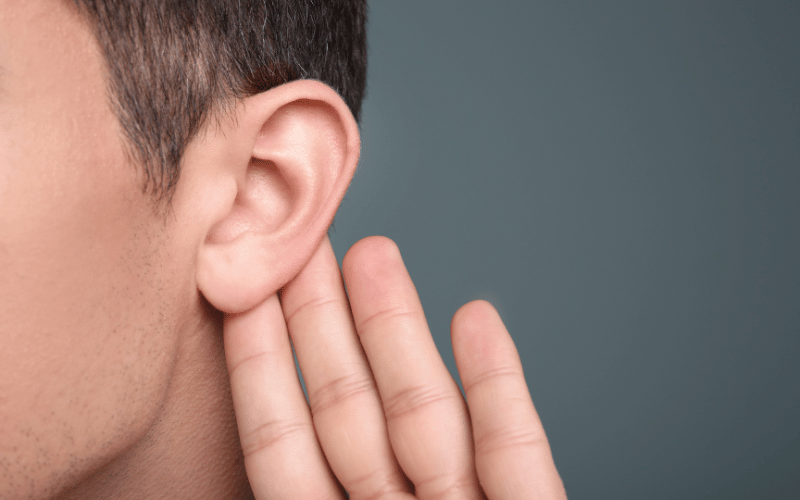Symptom 2: Reliance on Non-Facial Cues

When one sense or cognitive function is compromised, humans have a remarkable ability to adapt by enhancing or relying on others. In the case of prosopagnosia, when facial recognition falters, other cues come to the rescue.
Imagine walking into a room and not recognizing faces. Instead, your ears tune into voices, seeking familiar sound patterns or unique intonations. Your eyes might scan outfits, seeking a friend’s favored color or another’s signature style of dress. Hair becomes a significant identifier, as do gait, posture, and even specific mannerisms. The individual with face blindness becomes a keen observer of detail, honing in on these non-facial characteristics to orient themselves in social settings.
However, this adaptive strategy isn’t without its pitfalls. Something as simple as a friend getting a new haircut or a colleague changing their style of dress can throw off recognition. Thus, while these cues become vital lifelines, they’re not always foolproof.
Moreover, this reliance on non-facial cues can sometimes lead to over-analysis or overthinking. A person with prosopagnosia might end up observing so intently that they miss out on the broader context of a conversation or gathering. Yet, this adaptation underscores the resilience of the human brain. Even when a primary mode of recognition fails, it finds alternative pathways to ensure its bearer can navigate social terrains, albeit with added challenges. (2)